The Essential Guide to Heat Therapy in Physiotherapy for Effective Recovery
Do you think heat therapy is just about feeling cozy? It’s far more powerful than that. Using heat therapy in physiotherapy correctly can significantly speed up your recovery and soothe persistent pain. However, applying it correctly is key to unlocking those health benefits.
We're here to show you exactly how to make heat work for you. This guide breaks down everything you need for effective recovery using heat therapy.
Heat Therapy Cheat Sheet (TL;DR)
Here's a super quick summary of the key points covered in this guide:
| How Heat Works | Boosts local blood flow & metabolism, helps block pain signals, and increases tissue flexibility. |
| Clinical Evidence | Research supports heat for reducing chronic pain (back, muscles) & stiffness; improves movement when combined with exercise. |
| Types: Superficial Heat | Warms surface (1-2 cm). Ex: Moist packs, paraffin wax, fluidotherapy, warm water baths, Homlyns electric pads (home use, adjustable settings). Good for surface aches/stiffness. |
| Types: Deep Heat | Heats deeper (3-5+ cm) via clinical ultrasound/diathermy. For deep muscle/joint capsule issues. Professional use only. |
| How to Apply Safely | Protect skin (layers needed), comfort is key (warm, not hot), follow therapist timing (~15-20 min), speak up if too intense. |
| When to Use Heat (Indications) | Best for persistent pain, muscle stiffness/spasms, pre-stretch/activity warm-up. Use after the acute injury phase. |
| When NOT Use Heat (Contra.) | AVOID on acute injury/swelling, poor sensation/circulation, bleeding risk/clots, tumors, infection. Careful with pregnancy, implants. |
| Heat vs. Cold | Heat: Chronic pain, stiffness, pre-activity. Cold: Acute injury, swelling, active inflammation (first 24-72 hrs). |
| Combining Heat | Often used before stretching, manual therapy, or exercise to boost their effects. |
| Heat in Occupational Therapy (OT) | OTs use heat (esp. superficial) to improve daily function, often for hand/arm issues impacting tasks like gripping or dressing. |
How Heat Works Within Your Body
Heat triggers direct physical changes in the treatment area, offering significant relief and supporting overall health. Heat widens local blood vessels (vasodilation), boosting circulation. This brings more oxygen and nutrients in while clearing waste out faster – think better supply lines for repair.

Normal blood vessel (left) vs. vasodilation (right)
Source: Wikipedia
Additionally, heat kicks your tissue metabolism into a higher gear, accelerating natural repair processes. Pain often lessens because heat signals can interfere with pain messages reaching your brain (like a gate control effect). It also helps relax tight muscles, reducing discomfort from spasms.
Plus, heat makes connective tissues like tendons more pliable (collagen extensibility). This increased flexibility helps improve your range of motion, making movement easier and stretches more productive. Less stiffness means better function.
💡 Pro Tip: Heat directly soothes nerve endings too, adding another way it dials down pain signals.
Does Science Back Heat Therapy?
Studies consistently show heat provides real pain relief, especially for musculoskeletal problems. Think conditions like persistent low back pain or delayed onset muscle soreness (that ache after a tough workout). Research often points to noticeable reductions in reported pain levels.
Beyond just feeling better, evidence links heat treatment to improved physical function. Remember how heat increases tissue flexibility? Clinical findings show this translates to a better range of motion and less stiffness, particularly when heat is used before or during therapeutic exercises.
Research also backs heat's ability to offer reduced muscle spasms and general tightness, helping restore more normal movement patterns. Reviews synthesizing results from multiple studies often highlight these health benefits across different patient groups.
Here are conditions where heat often shows positive results in studies:
-
Certain types of Arthritis (like Osteoarthritis, for symptom relief)
-
Muscle Spasms or Trigger Points
Keep in mind, results can vary. The type of heat used, the duration of application, and your specific condition all play a role. Heat typically works best as one part of a complete physiotherapy program tailored to you.
Top Heat Therapy Methods for Pain Relief
Not all heat therapy is the same in physical therapy. The methods used depend mainly on how deep the heat needs to go into your body tissues. We generally categorize these into two main types: superficial heat and deep heat.
📌 Quick Comparison Chart:
| Feature | Superficial Heat | Deep Heat |
| Penetration | Skin & shallow tissue (~1-2 cm / <1 inch) | Deeper tissues (~3-5+ cm / 1-2+ inches) |
| How it Works | Transfers heat to the body surface | Generates heat within deeper tissues (energy conversion) |
| Common Examples | Moist and Dry Heat Packs, Paraffin Wax, Fluidotherapy, Warm Water Baths | Therapeutic Ultrasound, Shortwave Diathermy, Microwave Therapy, Infrared Heat Therapy |
| Typical Goals | Ease surface pain/stiffness, relax shallow muscles, prep for gentle stretches | Address deep muscle/tendon issues, joint capsule tightness, target deeper pain sources |
Superficial Heat for Surface Warming
This warms your skin and shallow tissues (about 1-2 cm deep). It helps soothe local aches, relax surface muscles, and ease stiffness in joints like hands or feet.
Common methods include:
-
Moist Heat Packs: Standard clinical packs delivering comfortable moist heat, often preferred in therapy settings.
-
Dry Heating Pads: Very convenient for home use, providing adjustable dry heat. Options like Homlyns electric heating pads offer multiple settings for targeted comfort on areas like the back, neck, shoulders, abdomen, or legs.

Graphene Full Body Heating Pad
Experience full-body comfort with 10 heat levels and 4 timer settings. Perfect for ultimate relaxation.

Graphene Heating Pad for Neck and Shoulders
Target neck and shoulder tension with this specialized design, also featuring 10 heat levels and 4 timer settings.

Graphene Heating Pad for Neck, Shoulders, and Back
Combine targeted relief for neck, shoulders, and back with the same customizable heat and timer settings.
-
Paraffin Wax: Melted wax dips, often used for hand/foot arthritis to coat the area.
-
Fluidotherapy: Circulating warm particles, good for hand/wrist mobility and desensitization.
-
Hydrotherapy: Warm water immersion or whirlpools.

Superficial heat is often used for surface-level tightness or pain, frequently before gentle stretching.
⭐️ Further Reading
Moist Heat vs. Dry Heat: Which One Works Best for Your Pain?
Deep Heat for Reaching Further In
These methods heat tissues lying deeper (3-5+ cm), generating warmth within them via energy conversion (like sound or electromagnetic waves). This targets structures far below the skin.
The main types are:
-
Therapeutic Ultrasound: Uses sound waves for focused deep heating. Widely used.

-
Diathermy: Uses electromagnetic waves for broader deep heating.
-
Microwave Therapy: While less common, microwave therapy also generates deep heat, promoting pain relief and accelerated tissue healing.
-
Infrared Therapy (Deep Penetration): A specialized form of infrared therapy designed for deeper tissue penetration, ideal for muscle and joint rehabilitation.
Deep heat is selected for issues like deeper muscle strains, joint capsule restrictions, or certain tendon conditions requiring heat delivery further down.
Superficial Heat vs. Deep Heat: Which to Choose?
Your physical therapist chooses the right type – superficial or deep – based on your specific needs and the goals of your treatment session. Here’s when each type of heat therapy is most beneficial:
When to Use Superficial Heat:
-
For injuries with localized pain and tightness.
-
To relax muscles and prepare the body for exercise.
-
When treating joint stiffness or surface-level muscle soreness.
When to Use Deep Heat:
-
For chronic injuries, such as long-term muscle or tendon pain.
-
To address deeper tissues and improve circulation to those areas.
-
When recovering from surgery or working to improve flexibility in deeper muscle groups.
How to Use Heat Safely and Smartly
Applying heat correctly is crucial for reaping benefits without risks. While your physiotherapist handles the precise techniques, especially for deep heat devices, understanding the basics helps you participate safely. Your feedback during treatment matters.

Where to use heat therapy:
Heat therapy can be applied to a variety of areas in the body, depending on your condition and the goals of the treatment. Common areas include:
-
Neck and Shoulders: For tension, stiffness, or muscle spasms. Superficial heat like heating pads for neck and shoulders can effectively relax tight muscles in this region.
-
Lower Back: Ideal for chronic pain or muscle soreness. Heat can help improve flexibility and reduce pain from long-term conditions such as lower back pain or sciatica.
-
Knees: Great for joint stiffness or arthritis. Heat can help with flexibility and reduce discomfort in the knees, especially before physical therapy or exercise.
-
Hands and Feet: Superficial heat methods like paraffin wax baths or moist heat packs are effective for conditions like arthritis or stiffness, providing soothing relief.
-
Muscle Groups: Heat can be applied to larger muscle areas like thighs or calves to ease muscle tension, soreness (such as delayed onset muscle soreness or DOMS), and improve circulation.
Here’s what safe heat application generally involves:
-
Skin Protection First: Heat sources, particularly things like moist heat packs, need barrier layers (like towels) between them and your skin. Direct contact can cause burns.
-
Comfort is the Goal: The sensation should be comfortably warm, never painfully hot or burning. Speak up immediately if it feels too intense.
-
Timing is Specific: Most applications last around 15-20 minutes, but your therapist decides the exact time based on your needs and the modality. Overdoing it doesn't add benefit.
-
Skin Checks are Standard: We check your skin before and after applying heat to look for any adverse reactions like excessive redness.
Methods like therapeutic ultrasound require specific training, gels, and the therapist's constant movement of the applicator. Trust the professionals for these technical applications. Proper use prevents injury and makes the therapy effective.
When Is Heat Therapy Helpful?
Heat isn't a cure-all, but it shines in certain situations, typically after the initial, acute phase of an injury (the first couple of days) has passed. We use it strategically in physiotherapy to target specific issues related to stiffness and non-acute pain.

Heat often helps when dealing with:
-
Persistent Pain: Heat is effective for managing ongoing musculoskeletal pain, such as chronic low back pain or osteoarthritis discomfort, where inflammation isn’t actively flaring up. It soothes pain and improves blood flow to the affected areas, offering sustained relief.
-
Muscle Stiffness: Heat helps alleviate stiffness in joints and muscles, which can limit your range of motion. By loosening tight muscles and increasing flexibility, heat provides benefits for patients struggling with muscle or joint tightness.
-
Muscle Spasms or Trigger Points: Heat can reduce muscle spasms by relaxing tight, contracted bands of muscle. It is particularly useful for patients with chronic muscle tension or overuse injuries, providing much-needed relief from discomfort.
-
Pre-Activity Warm-up: Applying heat before stretching or manual physical therapy sessions helps make connective tissues more pliable and responsive. This improves mobility and reduces the risk of injury, allowing patients to move more easily and safely during physical activity.
-
Delayed Onset Muscle Soreness (DOMS): Heat therapy is also effective for relieving the familiar muscle ache that occurs a day or two after intense physical exertion. It eases muscle tension, enhances circulation, and speeds up recovery for patients recovering from strenuous exercise.
-
Knee Conditions: For knee pain, stiffness, osteoarthritis, and patellar tendinitis, heat therapy helps relax muscles, improve circulation, and reduce stiffness. It also aids in recovery after knee surgery by enhancing joint flexibility and managing scar tissue formation.
Think of heat as a useful tool for managing ongoing stiffness, aches, and preparing tissues for movement or other treatments within your therapy plan.
When to AVOID or Use Heat Carefully
Knowing when not to use heat, or when to proceed with extra caution, is just as important for your safety and recovery. Applying heat in the wrong situation can make things worse. Always share your full medical history with your physiotherapist.

Do NOT use heat directly over areas with:
-
Acute Injury or Active Inflammation: If an area is newly injured (first 24-72 hours), visibly swollen, red, and already feels warm to the touch – heat is off-limits. It can increase swelling, bleeding, and inflammation. Cold treatment is usually the choice here.
-
Impaired Sensation: If you have numbness or reduced feeling in an area (due to nerve damage, diabetes, etc.), you risk serious burns because you can't sense if it's too hot.
-
Impaired Circulation: Conditions like severe peripheral vascular disease mean the body can't regulate temperature effectively, increasing burn risk. In such cases, heat can also worsen circulation issues, leading to complications in health.
-
Malignant Tumors: Applying heat over known cancerous areas is generally avoided.
-
Risk of Bleeding or Blood Clots (DVT): Increased blood flow from heat is dangerous in areas prone to hemorrhage or where a clot exists, as it could lead to bleeding or cause a clot to dislodge, posing significant risks to patients’ health.
-
Severe Infections: Heat could potentially worsen or help spread an existing infection.
Use heat with EXTRA CAUTION (Precautions) and therapist guidance if you have:
-
Pregnancy: Deep heat and widespread superficial heat over the abdomen, pelvis, or low back are typically avoided.
-
Metal Implants: Deep heat methods like ultrasound or diathermy are often contraindicated near metal. Even superficial heat requires careful monitoring.
-
Very Young or Older Age: Skin can be more fragile and susceptible to burns.
-
Open Wounds or Certain Skin Conditions: Heat application needs careful judgment around compromised skin.
-
Significant Heart Conditions: Applying heat over large body areas might put extra demand on the cardiovascular system. Patients with significant heart conditions should avoid excessive heat, as it can potentially cause increased heart rate and blood pressure.
Your safety is the absolute priority. Being open with your physiotherapist about your health history ensures heat therapy is used effectively and safely, only when appropriate for you.
Heat vs. Cold: Choosing the Right Tool
"Should I use heat or cold?" It's a very common question. Both can help manage pain and discomfort, but they work in opposite ways and are generally best for different situations. Getting it right makes a difference. Here’s the general breakdown:
🧊 Cold Therapy (Cryotherapy)
This constricts blood vessels. That action helps reduce swelling, active inflammation, and nerve activity (which provides a temporary numbing effect). Think acute injuries – the first 24-72 hours after a sprain, strain, or bump – or during a sudden inflammatory flare-up. Ice packs are the classic example.

🔥 Heat Therapy (Thermotherapy)
This widens blood vessels, increasing local blood circulation. Using hot packs or heating pads offers muscle relaxation, eases general stiffness, and makes connective tissues more flexible. Think chronic conditions, persistent muscle soreness (like DOMS), non-acute stiffness, or warming up tissue temperature before activity.
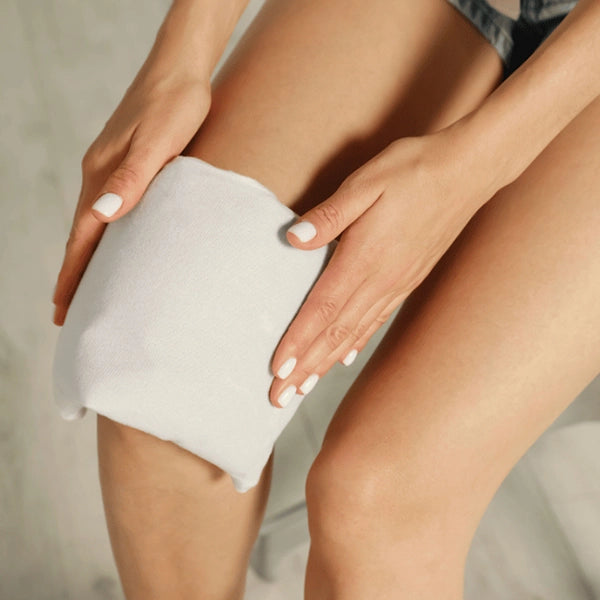
💡 Quick Note: Sometimes therapists guide patients through contrast therapy (alternating heat and cold). Always follow professional advice for this, as it’s for specific phases of healing. The main point is matching the tool (heat or cold pack) to the stage of your condition and your current treatment goals.
⭐️ Further Reading:
Ice v.s. Heat Therapy for Injuries or Pain
Making Heat Work Harder: Combinations
Heat therapy often delivers its best results when it's not used alone. Physiotherapists frequently combine heat with other treatments to maximize the health benefits. It helps prepare your body effectively for the next step in therapy.

Common pairings you might experience include:
-
Heat Before Stretching: Applying heat first helps relax muscles and makes connective tissues more pliable (extensible). This often allows for deeper, more comfortable, and more productive stretching routines.
-
Heat Before Manual Therapy: Warming up tissues beforehand can sometimes make hands-on techniques like therapeutic massage, trigger point release, or joint mobilization more effective or simply better tolerated.
-
Heat Before Exercise: Using heat as part of a specific warm-up routine can help prepare muscles and joints for therapeutic exercises. This aims for better movement quality during the exercises.
Using heat strategically this way helps you get the most out of your entire physiotherapy session, not just the heating part.
Heat's Role in Occupational Therapy
Physiotherapists aren't the only rehabilitation professionals who use heat. Occupational Therapists (OTs) often incorporate heat modalities into their treatment plans as well. Their focus is typically centered on improving your ability to perform meaningful daily activities and tasks – what we call function.

You might see heat used in OT settings for:
-
Hand Therapy: OTs frequently use methods like paraffin wax baths for conditions affecting the hands, such as certain types of arthritis or stiffness following injury. The goal is typically to enhance grip strength, improve dexterity for fine motor tasks (such as buttoning or writing), and alleviate hand pain during activities.
-
Managing Symptoms for Daily Tasks: If chronic pain or stiffness in an arm, shoulder, hand, or knee interferes with essential self-care or home activities (such as dressing, cooking, or opening jars), occupational therapists (OTs) might use heat as part of a plan to manage symptoms and boost independence.
While the ultimate functional goals might be framed differently than in PT, OTs apply heat using the same core physiological principles and safety guidelines. You'll commonly see superficial heat methods used, especially for conditions impacting the hands and arms.
Ready to Bring Therapeutic Warmth Home with Homlyns?
So, heat therapy is more than just comfort; it's a valuable part of physiotherapy pain management for many musculoskeletal injuries (from spinal cord to joint pain).
Understanding how heat provides pain control or tissue healing, which differs from methods such as transcutaneous electrical nerve stimulation (TENS) or techniques meant to reduce acute pain, is the first step. Knowing how it can complement approaches such as deep tissue massage further empowers your recovery journey.
Here are the key points to remember:
-
Heat boosts local circulation, improving tissue extensibility in soft surrounding tissues; it can help decrease pain, potentially by altering your pain threshold.
-
Within physical medicine, heat is generally best for persistent aches and stiffness, not fresh soft tissue injuries, where cold compression is often preferred. Its direct role in accelerating wound healing or bone healing is complex and requires professional guidance, which is usually avoided in early stages.
-
Different methods target various depths; superficial options include standard moist heat or convenient gel packs, while deep heat uses specific clinical technologies.
-
Always protect your skin, communicate discomfort, follow therapist guidance, and use extra caution with conditions affecting sensation or heat tolerance, such as multiple sclerosis.
-
Heat is often combined with other treatments like stretching or exercise, taking advantage of the improved tissue extensibility to enhance those results.
That comforting, soothing effect of warmth extends beyond the clinic. At Homlyns, we understand that achieving true rest and relaxation hinges on warmth and comfort. Our high-quality home heating solutions provide that essential coziness needed to properly unwind and recharge at the end of your day.
Reference:
- Freiwald J, Magni A, Fanlo-Mazas P, et al. A Role for Superficial Heat Therapy in the Management of Non-Specific, Mild-to-Moderate Low Back Pain in Current Clinical Practice: A Narrative Review. Life (Basel). 2021;11(8):780. Published 2021 Aug 2. doi:10.3390/life11080780
- Malanga GA, Yan N, Stark J. Mechanisms and efficacy of heat and cold therapies for musculoskeletal injury. Postgrad Med. 2015;127(1):57-65. doi:10.1080/00325481.2015.992719
- Nakamura M, Ishikawa T, Sato S, et al. Time-Course Changes in Dorsiflexion Range of Motion, Stretch Tolerance, and Shear Elastic Modulus for 20 Minutes of Hot Pack Application. J Sports Sci Med. 2023;22(2):175-179. Published 2023 Jun 1. doi:10.52082/jssm.2023.175
- Petrofsky J, Berk L, Bains G, et al. Moist heat or dry heat for delayed onset muscle soreness. J Clin Med Res. 2013;5(6):416-425. doi:10.4021/jocmr1521w
- Ramanlal R, Gupta V. Physiology, Vasodilation. [Updated 2023 Jan 23]. In: StatPearls [Internet]. Treasure Island (FL): StatPearls Publishing; 2025 Jan-. Available from: https://www.ncbi.nlm.nih.gov/books/NBK557562/
- Yildirim N, Filiz Ulusoy M, Bodur H. The effect of heat application on pain, stiffness, physical function and quality of life in patients with knee osteoarthritis. J Clin Nurs. 2010;19(7-8):1113-1120. doi:10.1111/j.1365-2702.2009.03070.x




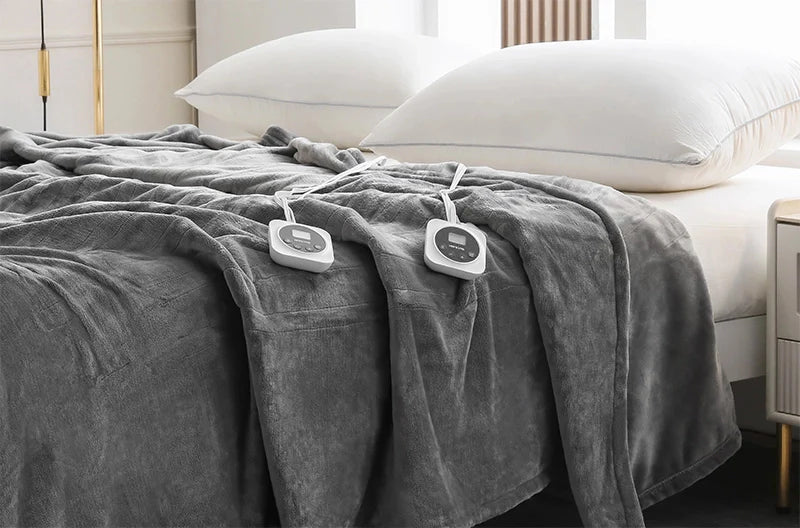
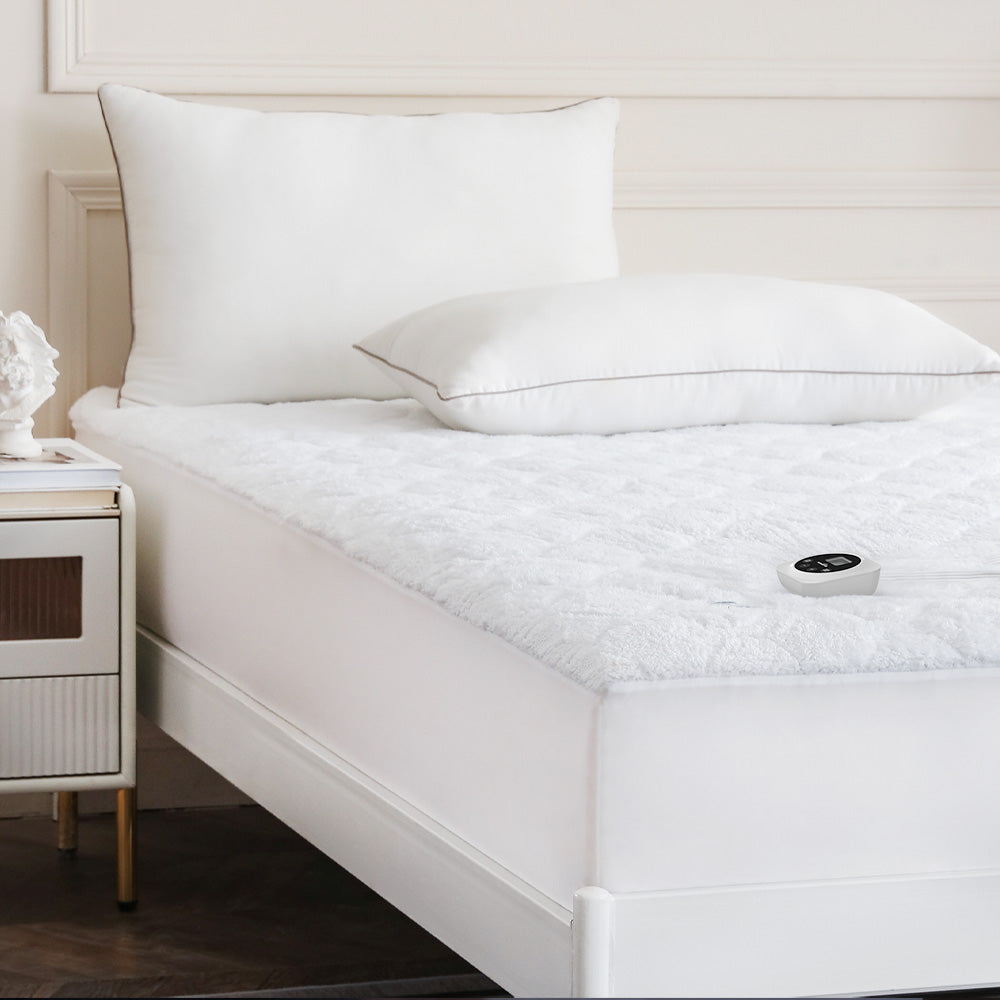
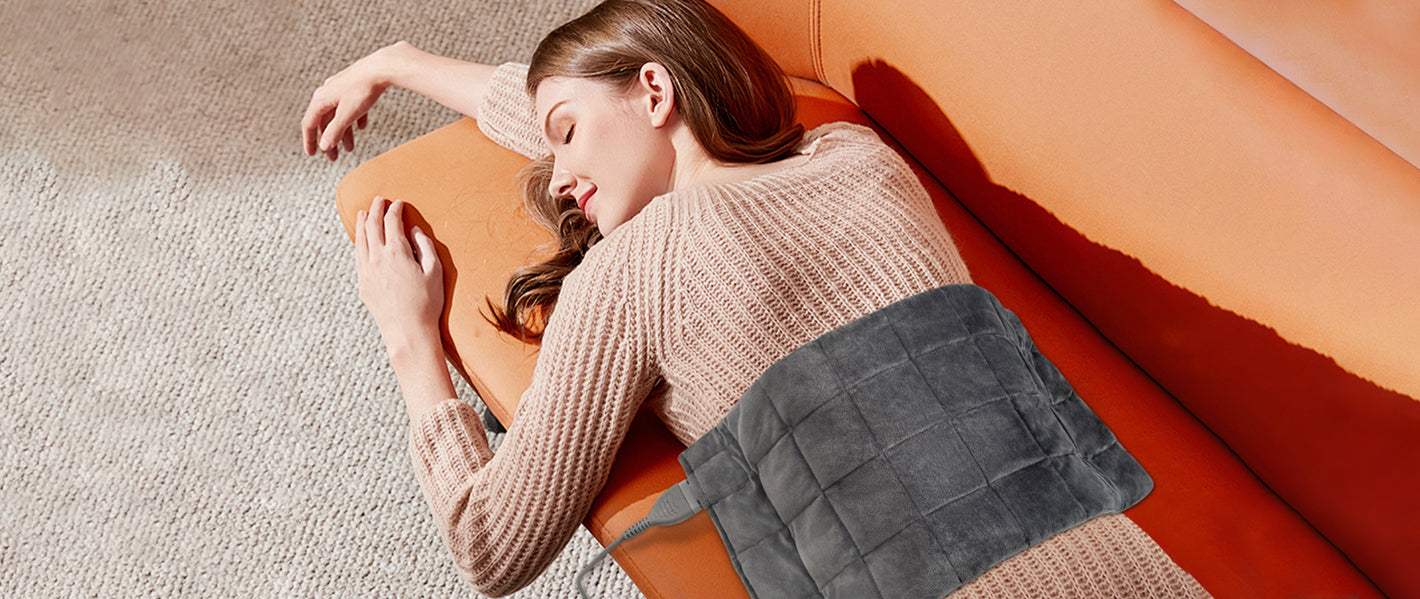
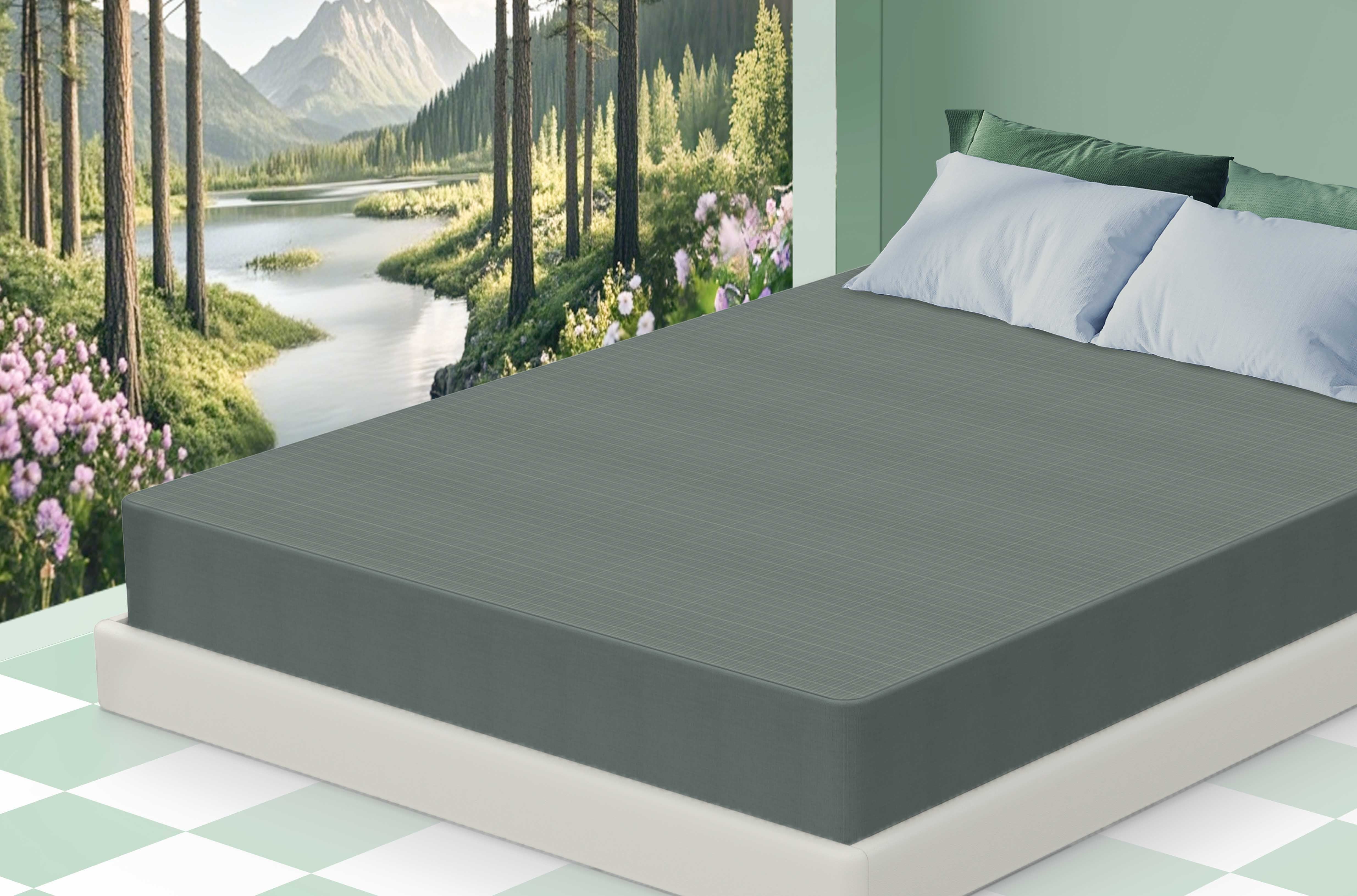

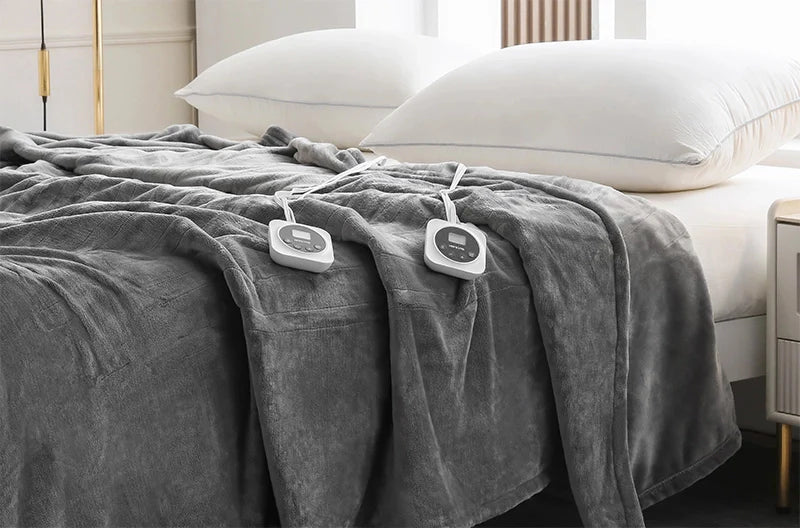

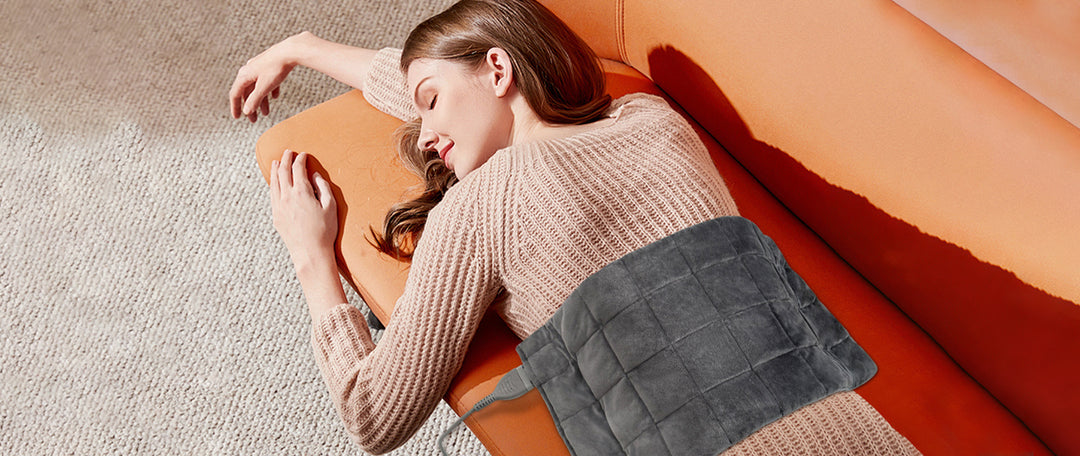
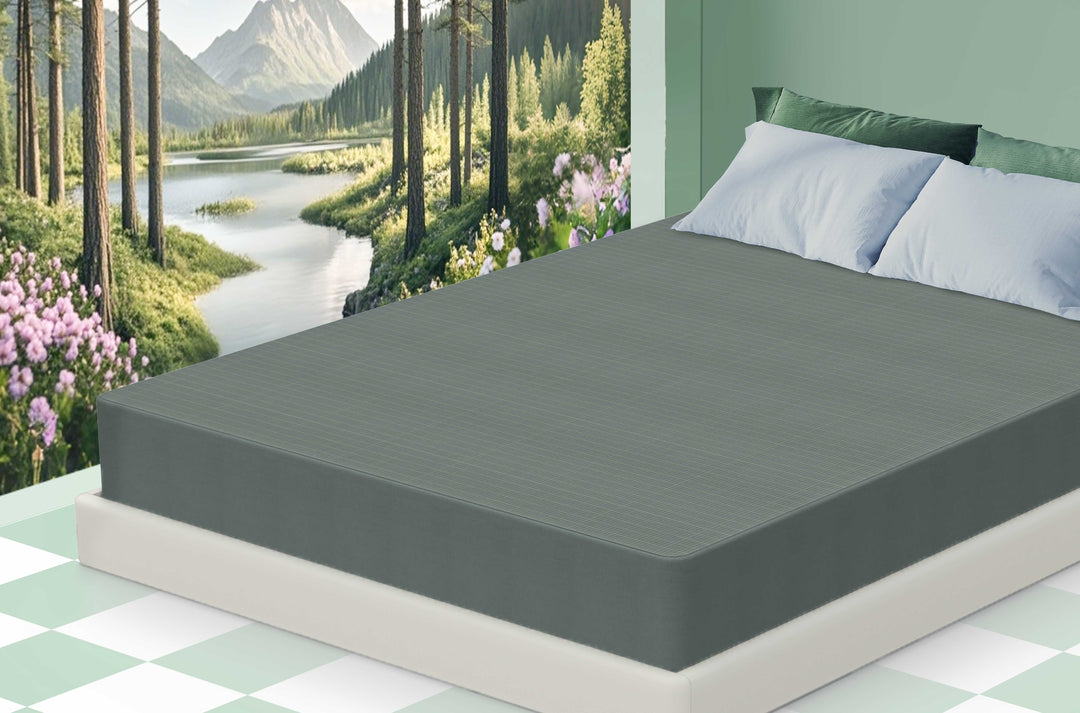



Leave a comment